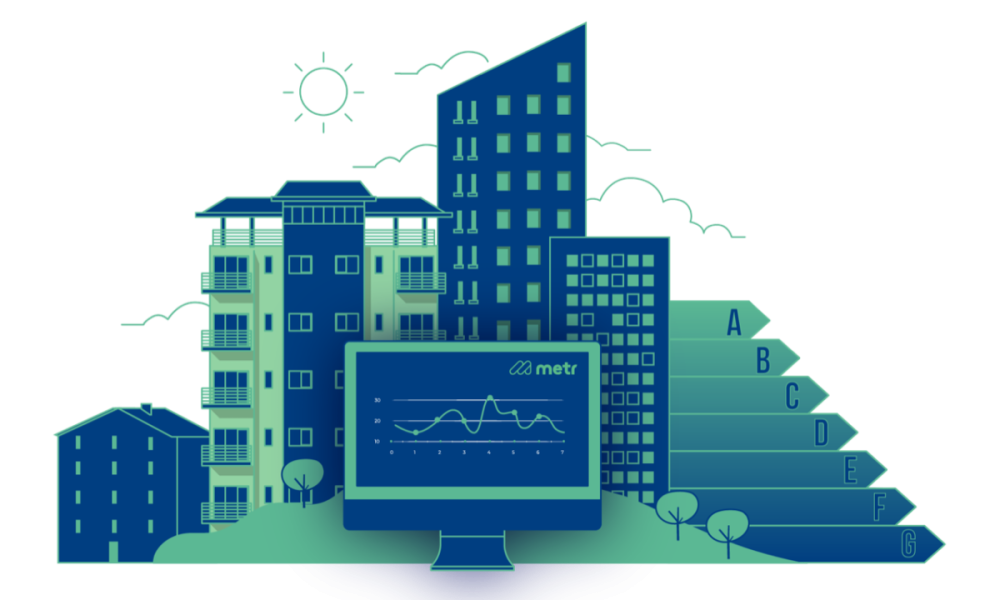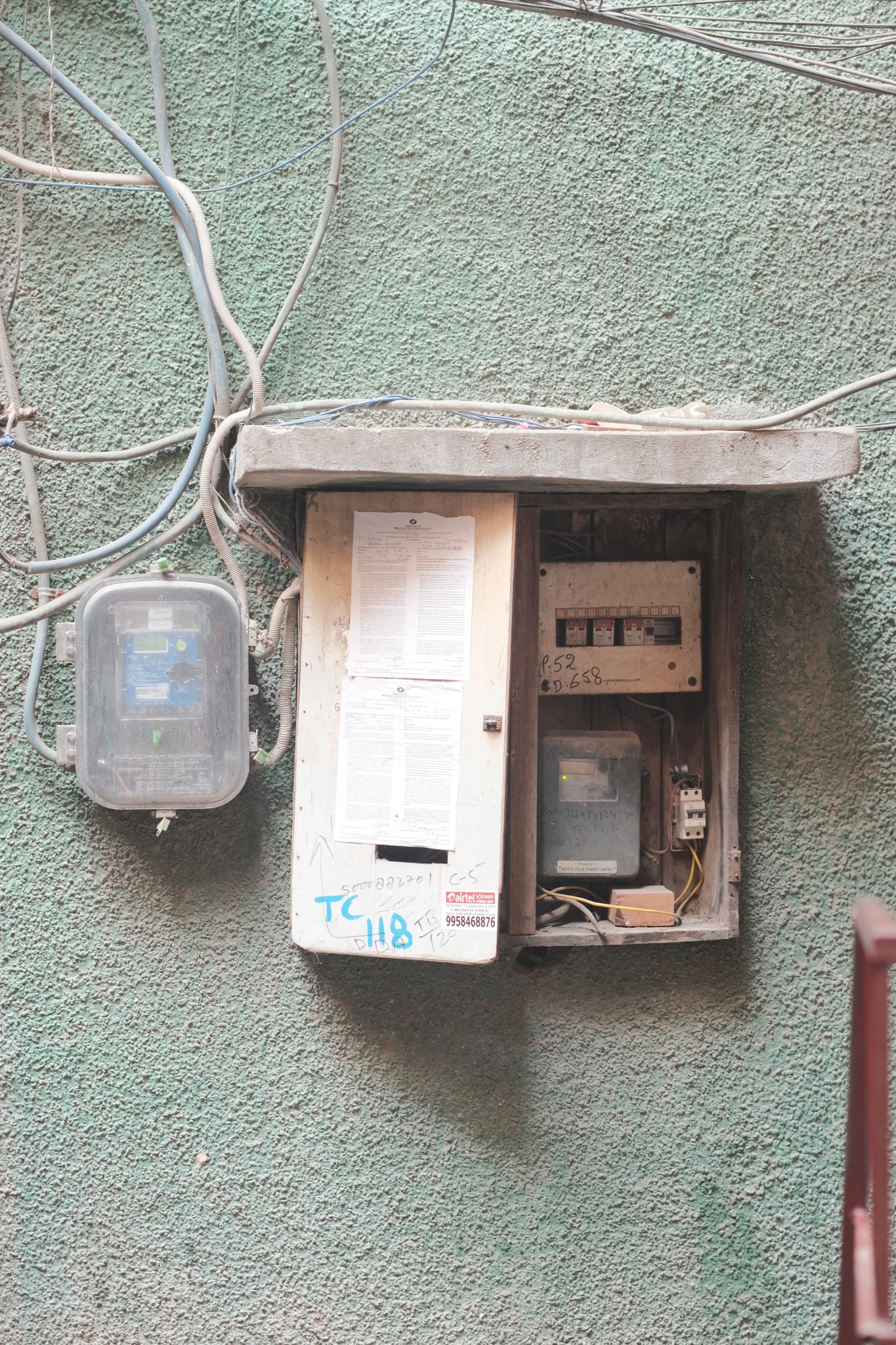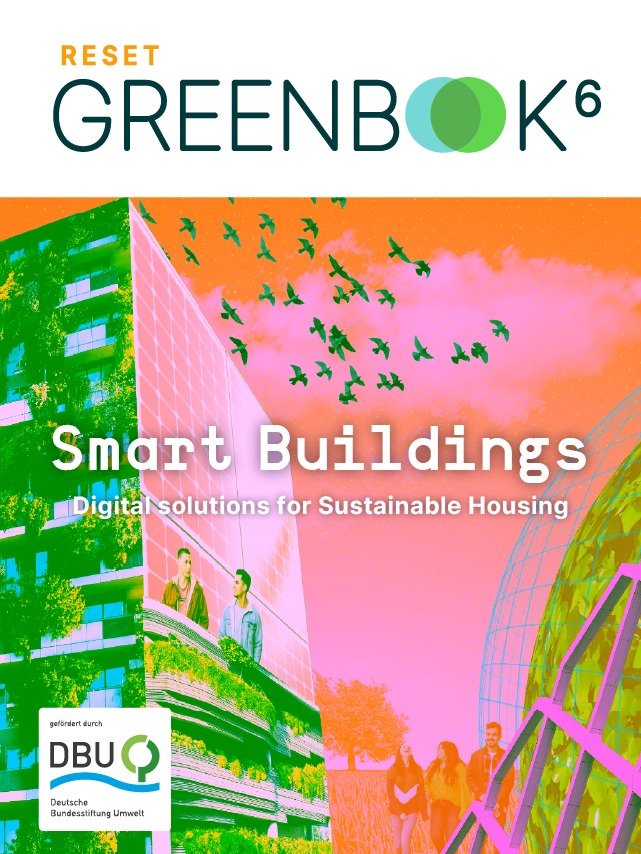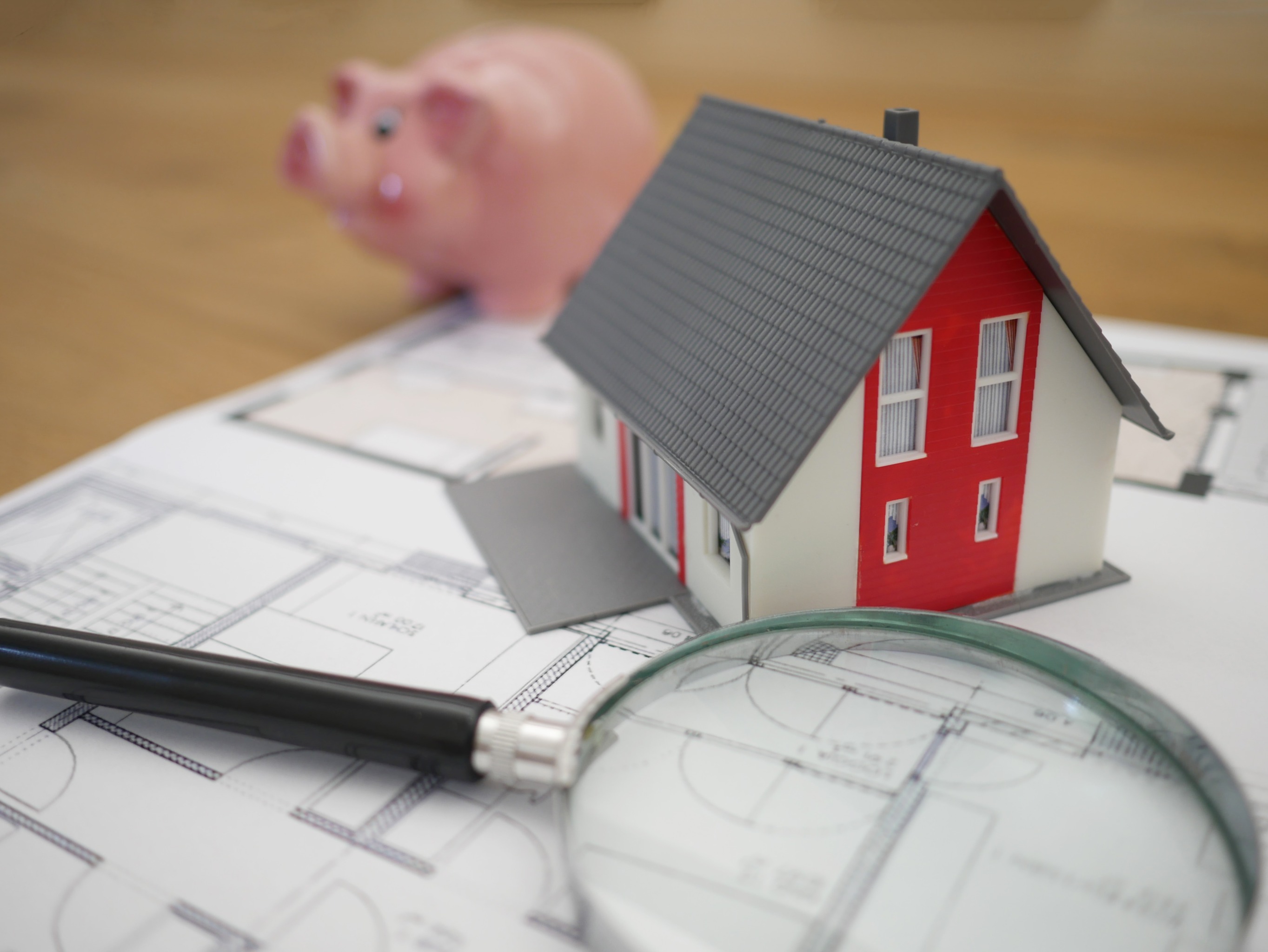In the quest for a sustainable future, we need to look at our homes, offices and buildings. The need to improve energy efficiency in the construction and real estate industry has never been more critical. Buildings; their construction, development and maintenance, are responsible for 40 percent of the EU’s total energy consumption and 36 percent of greenhouse gas emissions — and the picture is similar globally.
Regardless of how simple this picture seems — make fewer buildings, or build better ones — the issue is, predictably, far more complex. Not only are there approximately 131 million buildings in the EU (RICS, 2023) but as the population of the EU and the world at large looks for better, more central and affordable housing, particularly in an age of more frequent and severe heatwaves, the pressure is on the construction industry to find sustainable solutions, while keeping costs and timescales reasonable.
But, what if we had the ability to improve and optimise our existing buildings, instead of starting from scratch?
Complex problems require innovative answers
Pioneering digital solutions could offer huge potential in this area. Cutting-edge technology and data analytics combine to form the basis of Berlin-based platform metr’s answer to the construction industry’s mammoth carbon footprint. Their vision is to accelerate global decarbonisation, making buildings 50 percent more energy-efficient within the next decade, while encouraging those in charge to rethink the way we build our world.
The metr platform itself monitors real estate and building operations, which it then provides with detailed, personalised optimisation feedback. This feedback comes in the form of critical insights into aspects of building management such as including energy usage, environmental conditions and overall building performance. The platform allows users to remotely collect and analyse building data from various sensors installed within buildings, enabling more efficient resource management, cost savings and, crucially, improved sustainability.
Several major clients across Germany, including large state housing companies like Degewo, WBM, and DÜBS, are already picking up metr on their offer of driving down costs and environmental impact.
But are such digital solutions actually effective in driving down our buildings’ carbon footprint? Can these tools really stand at the forefront of real change within the industry?
What our buildings are doing wrong
Firstly, let’s get inside what building operation errors digital tools such as metr seek to solve. These issues could occur across the various life cycle phases of a building. These errors are exacerbated by gaps in information as well as losses arising due to e.g. changing project participants, different tools, lack of quality assurance, and so on. These common building errors can result in higher energy consumption as well as reduced comfort for the building user, and are therefore targeted by digital platforms such as metr. Some of the basic issues are:
- Operating times: Devices such as pumps and fans are often operated all day and at weekends, even when there is no demand and often without the operators being aware
- Simultaneous heating and cooling: Heating and cooling systems often supply the same zone at the same time due to incorrect setpoints, increasing energy consumption
- Faulty control: Despite correct specifications, the control of systems can have errors in the programming or don’t achieve the planned energy efficiency due to incorrectly positioned sensors, for example
- Lack of maintenance: Some aspects can be limited in their function and/or efficiency due to lack of maintenance
METR’S METHODS FOR REDUCING A BUILDING’S CARBON FOOTPRINT
- Heating: Ensuring transparency regarding the operating status of heating systems and enhancing energy efficiency through their heating optimisation solutions
- Drinking water: Improving the quality of drinking water in buildings while providing transparent insights into the water system to reduce waste
- Submetering: Equipping building owners and then, hopefully, tenants with reliable consumption data that is completely independent of the manufacturer
- Smart metering: Complete digital consumption provisioning and smart metering solutions
As always, money talks
While there have been significant strides towards improving sustainability within the construction and real estate industry in recent years, challenges still dominate. One age-old challenge, in particular.
Expense, or even the fear thereof, remains a major barrier to progress. Sustainable construction practices and materials, including these digital tools, have a reputation for being prohibitively costly. Despite evidence that these practices have numerous environmental, economic and societal benefits, many of those with the power to utilise them drag their heels due to a perceived higher initial cost, known as “green cost premium”, when compared to traditional construction practice.
EVs are a good example. Even though in the long-term, EVs require a lot less maintenance and save users petrol costs, “people don’t think about those things, they just see the price tags of the two options [of traditional cars vs. EVs] and assess which one to buy based on the face value”, according to EnergyWorld.
Despite the fact that sustainable construction practices often result in long-term cost savings due to reduced energy consumption and maintenance, many developers opt for lower-cost, less sustainable options.
But, digital tools that such as metr claim to save users up to 48 percent on the cost of operating heating systems, up to 25 percent on their energy consumption and up to 10 percent of energy consumption when using submetering.
We spoke to Nicolas Réhault, Head of Group Building Performance Optimization at the Fraunhofer Institute for Solar Energy Systems in Germany, about what he thinks about the cost-saving value of digital solutions in the construction industry. He told us that;
“Savings of up to 20 percent can be achieved with [digital] tools [made to optimise building processes]. However, it is necessary that these tools work with a high degree of automation and that they deliver robust and reliable results in order to be used permanently by building operators”.
Obviously, results are key. Without setting the results against the initial cost of implementation, developers and real estate managers are far less likely to accept new technology or methods.
Buildings are a CO2 heavyweight: the construction, heating, cooling and disposal of our homes accounts for around 40 percent of Germany’s CO2 emissions. We will only achieve our climate goals if these emissions are massively reduced.
But how can we achieve the sustainable transformation of buildings and what role do digital solutions play in this? The RESET Greenbook provides answers: Building transformation – intelligently transforming houses and neighbourhoods.
Are smart solutions really better than analogue ones?
Sibyl Steuwer heads the office of the Buildings Performance Institute Europe (BPIE) in Berlin, a non-profit organisation founded in 2010 and based in Brussels that operates as a think tank focused on climate protection within the building sector. We spoke to her about her views on how we can revolutionise the construction industry in a recent article.
“In the short term, we need to focus on the building stock and reduce emissions from the operation of buildings… it’s about being very clear about where we want to refurbish our building stock to make it fit for the future. And then it’s about refurbishing the most inefficient buildings first, partly to create a better living environment and to protect residents from rising CO2 prices.”
However, she is a firm believer that technology is not the sole answer to reducing the construction industry’s environmental impact. “Not every technology is always useful… You have to look at the individual case; sometimes it makes sense to optimise with the help of digital technologies”.
According to her, digital solutions have their place in making our buildings more sustainable. But, ultimately, better planning and material utilisation make more of an impact in reducing emissions in the industry than making buildings “smart”.
“I think [digital solutions] can make more sense in renovation than in new construction. I’m rather critical of designing completely smart buildings, especially because the buildings could be planned much better”. To this expert, analogue solutions are just as good. “With the help of bio-based building materials, you can also cool buildings, for example. This means that a lot is possible through the choice of materials, and we simply have to think about it much better.”
Timing is key
As Nicolas Réhault explained to us, the effectiveness of digital solutions depends to a greater or lesser degree on when exactly they are utilised in the building development process. Knowing exactly when to use these technologies is critical in guaranteeing optimum results.
He told us that digital tools are “especially [useful] in the planning and management of buildings” rather than in their construction. According to him, the best energy and cost savings are typically made “through the reduction of grey energy in materials and components, the use of renewable energy sources and energy-efficient heating and cooling generators (like electric heat pumps) as well as the continuous monitoring of a building’s energy efficiency and functions such as condition-based monitoring, predictive maintenance and servicing”.
He claims that digital planning with programs such as Building Information Modeling (BIM) is actually nothing new. They are regularly used in across all phases of a building’s life cycle, including in construction phases. Tools are used in “real-time progress monitoring on construction sites using 3D scans and aerial photography, digital documentation of construction activities, as well as applications for tracking and calculating project timelines, travel durations, work units and material requirements”.
So, it’s not that digital tools are only useful in planning and management, they do have their applications in construction phases, too. But, the experts we spoke to seem to paint a picture that digital tools are not necessarily transformative in this stage of a building’s life cycle. Instead, good planning and low-tech solutions such as building “maximally simple houses that require minimal energy and resources” could be more effective.
Digital solutions have their place in the building transformation
However, with the latest policy changes in Europe, it could be that digital tools come more to the fore in the construction and real estate industry than ever before. Green building standards and certifications such as BREEAM (Building Research Establishment Environmental Assessment Method) and LEED (Leadership in Energy and Environmental Design) are encouraging the construction of energy-efficient and environmentally friendly buildings, making and developing existing buildings more appealing, and legally necessary, than ever before.
What’s more is that energy-saving is now a political and economic topic, rather than simply a sustainability one. With Europe increasingly looking to lessen its reliance on Russian gas, saving energy in our buildings is becoming more and more pressing. “The era of very cheap energy in Europe is over,’ says Fergal Purcell, managing director of Arden Energy. But, “the era of smart energy is coming”. Digital tools such as metr might not be the golden bullet for the construction industry’s enormous environmental impact. But, they are a key factor in the development of better, smarter, cheaper and more sustainable buildings of the future. We just need to harness them correctly.











